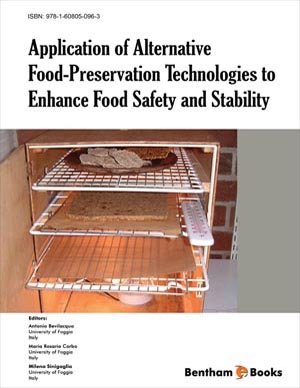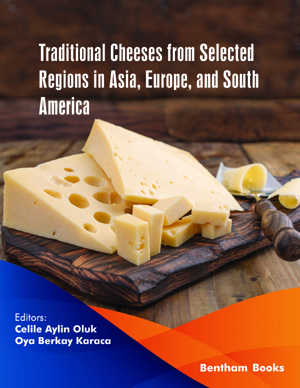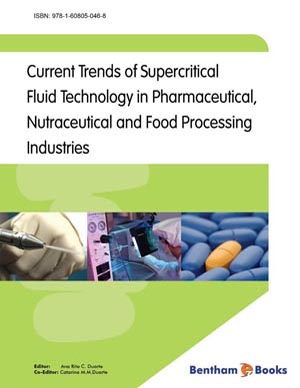Abstract
The mortality rate from various types of cancer is unacceptably high till date. Although, there is a huge advancement in understanding the diverse mechanisms of carcinogenesis and the development of potential drug leads, still there are massive mortality rates. The consumption of various green/yellow vegetables and fruits can help in reducing the risk of cancer. There is a plethora of potential anticancer compounds present in green leafy vegetables, which have been extensively evaluated in cancer. Various anticancer leads include dietary agents in which carotenoids are very significant in combating cancer. Lutein is a yellow carotenoid present in vegetables and fruits. It is the second most prevalent carotenoid in human serum, and its consumption is beneficial for promoting good health. The nutritional value of lutein is very high, and besides this, it is reported to exert antiproliferative potential against various cancers such as cervical, skin, lung, breast and colon cancer. Lutein stimulates various genes involved in T-cell transformations that are activated by mitigens, cytokines and antigens, thereby acting as anti-cancer. Lutein can oxidize and degrade easily due to the presence of conjugated bonds in its isoprenoid polymeric structure. Various food processing techniques can also affect the integrity of lutein. Therefore, there has been development of novel drug delivery systems to enhance the absorption andbioavailability of lutein and also to prevent its chemical degradation. Therefore, it can be concluded that lutein can serve as an effective agent in chemoprevention to fight against various forms of cancer because of its nutritional value.



















